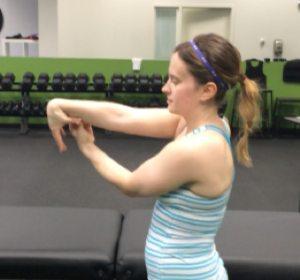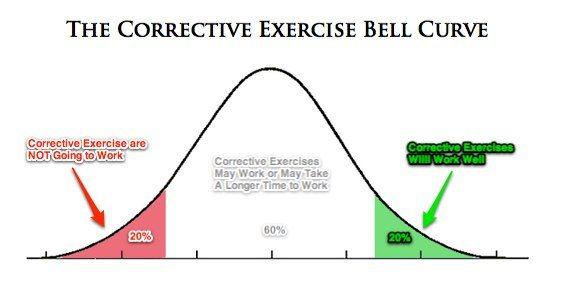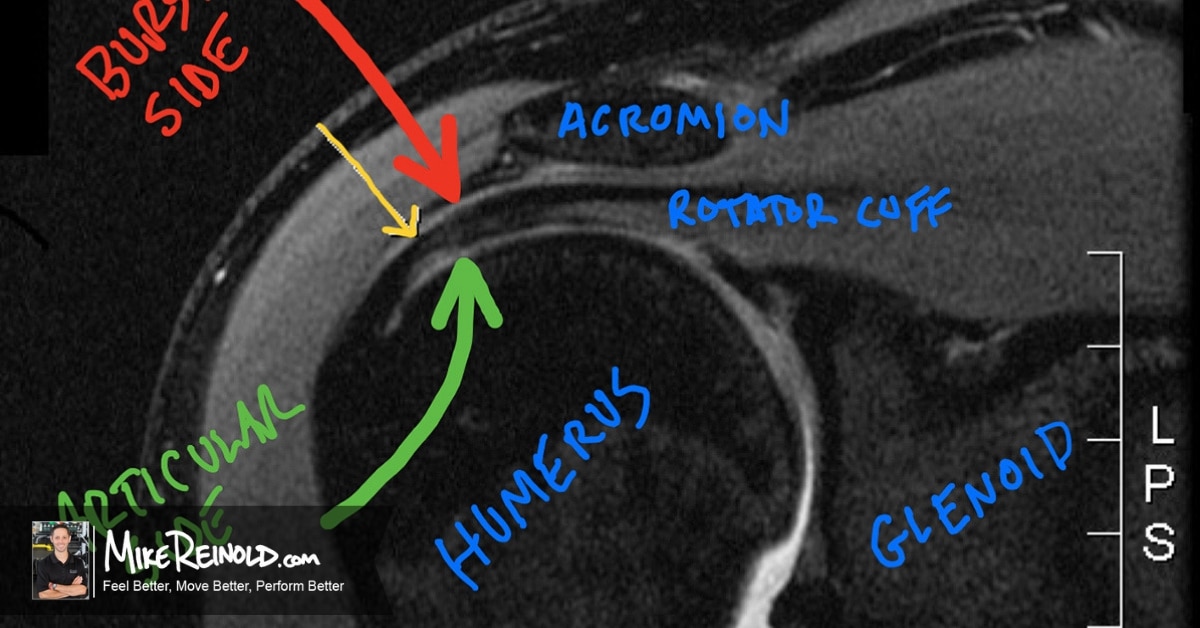Several years ago, when Eric Cressey and I released Optimal Shoulder Performance, I discussed the Beighton Laxity Scale and how I use it to determine the amount of laxity that individuals may possess. This is just one of the many factors that go into how I design my rehabilitation and performance programs, as an individual’s amount of laxity influences program design.
Since then, I have started to hear comments from people that their clients may have Ehlers-Danlos syndrome, Loeys-Dietz syndrome or Marfan syndrome because of their Beighton score.
Laxity is Normal
 If you Google “Beighton Score,” you see that this is a scale often used to diagnose the above hypermobility syndromes, however each has their own specific features. A Beighton score is not the only factor involved, and actually is probably not the most important finding in any of these syndromes.
If you Google “Beighton Score,” you see that this is a scale often used to diagnose the above hypermobility syndromes, however each has their own specific features. A Beighton score is not the only factor involved, and actually is probably not the most important finding in any of these syndromes.
Laxity is not a syndrome, in fact, laxity is normal.
We all have a certain degree of laxity, you’ve probably seen many people along this spectrum from the really tight to the really loose. A high Beighton score does not indicate that they have a syndrome or problem, it just helps determine where they sit in the laxity spectrum.
Laxity Does Not Mean Instability
While joint laxity is normal, a high amount of laxity does not necessarily mean you have instability. Stability is a combination of the function of your static and dynamic stabilizing systems. Instability is when you have an issue with either (or both) of the static and dynamic stabilizers. Functional stability is the ability to dynamically stabilize a joint during functional activities to allow proper control and movement. This is the basis behind our entire Functional Stability Training programs.
Check out this video of my friend Sam’s Beighton score.
As you can see, Sam has a high Beighton score and a lot of joint laxity. But Sam can deadlift over 2x her body weight. That is laxity combined with functional stability. She doesn’t have any problems because she can control her laxity.
Don’t automatically assume a lot of laxity is a bad thing, in fact many professional athletes possess a high amount of laxity. Remember laxity is normal, does not mean instability, does not mean you have a clinical syndrome, and something you can control with the right program.




